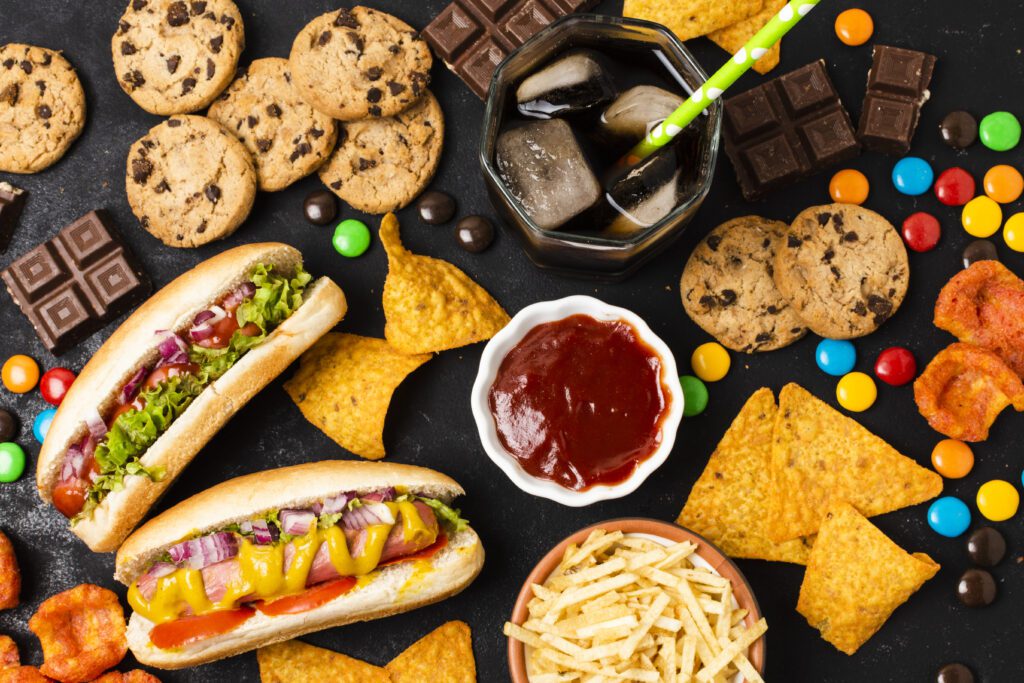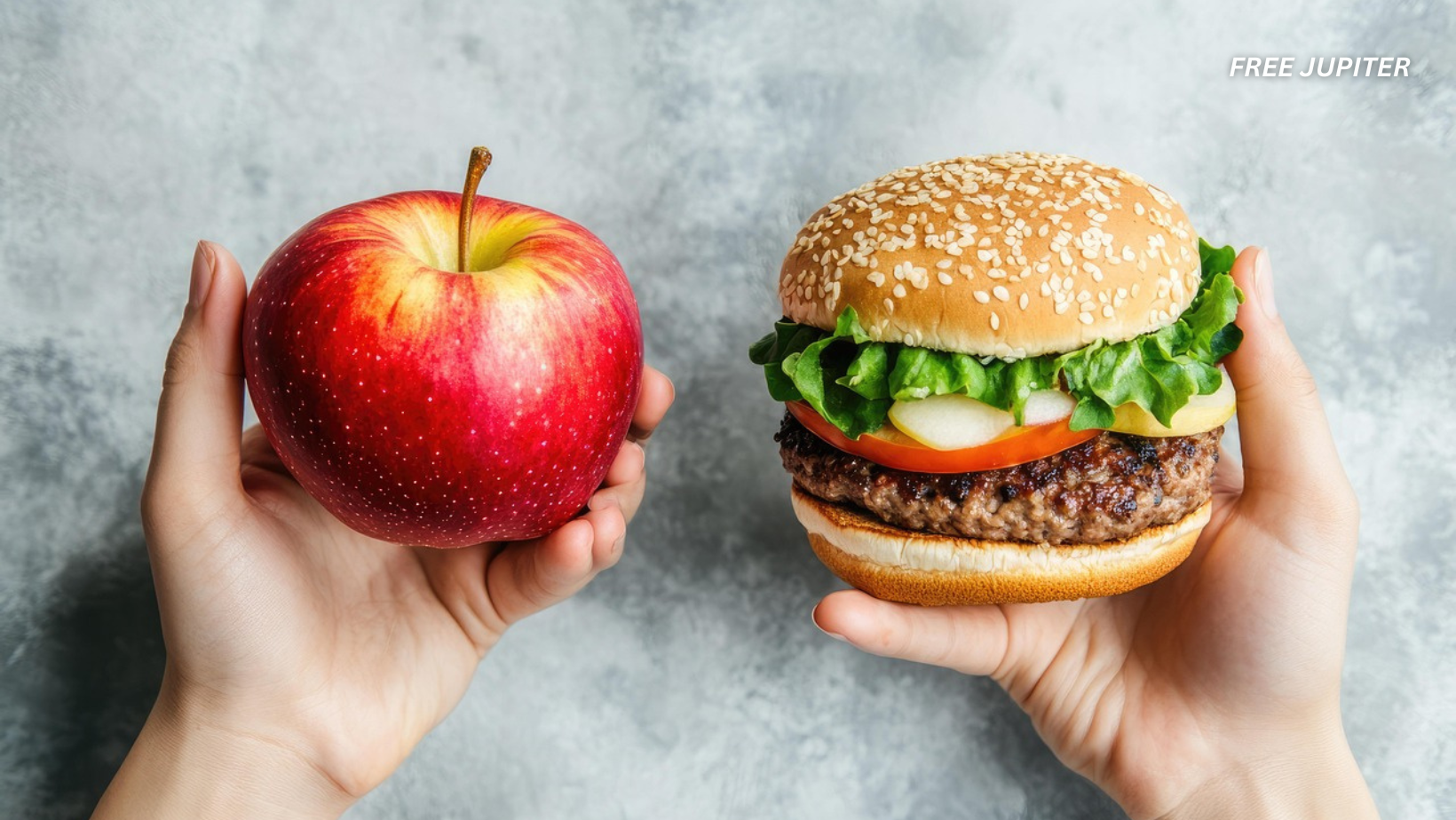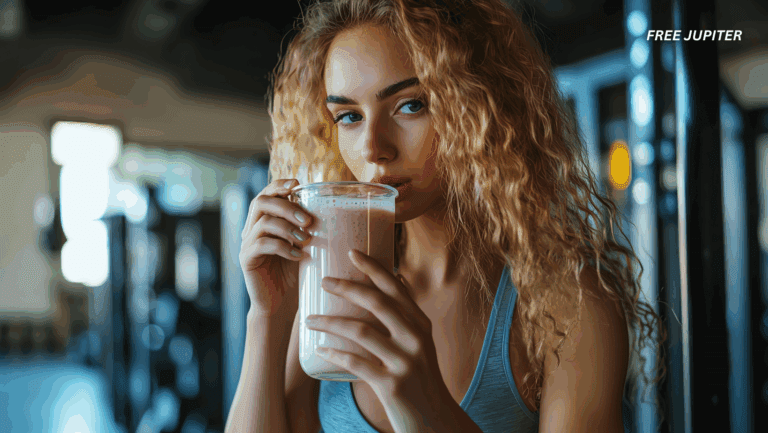For years, scientific research has confirmed the health dangers of ultra-processed foods. These types of food are consistently linked to higher risks of cancer, cardiovascular disease, dementia, and even premature death. Despite being a certified health coach and experienced wellness journalist, one woman recently decided to take her clean-eating habits to the next level. She committed to avoiding ultra-processed foods entirely for seven days to see what it would actually do to her body and mindset.
What she thought would be a minor adjustment turned into a surprisingly revealing week. By the end of the experiment, her shopping habits, meal planning, and even her relationship with food had shifted significantly. Here is what she discovered.
Understanding What Counts as Ultra-Processed
Before she could begin, she needed to clarify the difference between “processed” and “ultra-processed.” Technically, any food that has been changed from its original state is processed. That includes something as simple as pre-washed lettuce or frozen peas. However, ultra-processed foods are more complex. These are products that are industrially manufactured with additives, preservatives, artificial flavorings, emulsifiers, and other ingredients rarely found in a home kitchen.
To simplify her challenge, she made a rule: if she could not recreate the food at home using the ingredients listed on the label, she considered it ultra-processed and therefore off-limits.

Day 1: The Reality Check
The first day served as a wake-up call. She started with her usual breakfast of fruit, almond butter, and trail mix. While the almond butter only contained two ingredients, the trail mix turned out to be a problem. It contained mini peanut butter cups loaded with additives. She replaced it with a cleaner granola brand that only used recognizable ingredients.
Later, she craved naan crisps with hummus, but the crisps had a long, unreplicable ingredient list. She substituted them with crackers made from basic ingredients. At lunch, her planned salad was thrown off by store-bought dressing filled with additives. She replaced it with olive oil and fresh herbs from her garden. Dinner, chicken, green beans, and rice was simple and required no changes. Dessert, however, became a temptation. Her favorite chocolate-covered fruit had a long ingredients list, but she ate a small handful anyway.
Read More: 10 Popular Ultra-Processed Foods Now Linked to Cancer, Study Confirms
Day 2: Lunch Struggles Continue
Her second day started similarly to the first. Breakfast was easy now that she had swapped the trail mix for granola. But lunch threw her another curveball. She had planned to eat a Fillo tamale labeled vegan and preservative-free. Unfortunately, its ingredients list revealed more ultra-processing than expected. She made a salad instead, using tofu and herbs. Dinner was homemade kimchi fried rice with vegetables and tofu – entirely free of questionable ingredients.
Day 3: Snacks and Surprises
With leftover fried rice for lunch, she felt in control, but snack cravings hit hard. She wanted something sweet and had to resist the chocolate-covered fruit again. She settled for honey cinnamon crackers with a short and clean ingredients list. Later that day, a promotional delivery of protein popcorn arrived. Although tempting, she passed because the whey protein used in it is not something typically found in a home kitchen.
Dinner plans were derailed by multiple ultra-processed items. Vegan chicken tacos made with plant-based meat alternatives, tortillas, and packaged chips all failed the clean-eating test. Only the pico de gallo and guacamole met her standards. This experience reminded her that even organic and plant-based labels do not guarantee minimal processing.
Day 4: Eating Out Gets Complicated
She found herself out of almond butter and turned to peanut butter, only to find it was full of additives. With no protein at breakfast, she felt hungry well before lunch. A trip to the local deli resulted in a hummus wrap and chips. Without knowing the exact ingredients in the wrap and hummus, she broke her own rules. Dinner was sushi takeout, one of the safer options she could find while dining out.
Day 5: Reassessing Favorite Foods
On day five, she visited a local bakery for her usual treat, a slice of banana bread. Because it was made fresh onsite with simple ingredients, she felt it was acceptable. Lunch was another salad, but the Caesar dressing reintroduced an ultra-processed element. For dinner, she made pasta with chicken sausage from a local butcher. While more natural than pre-packaged options, the sausage was still processed. She acknowledged that sourcing food locally was not always enough to ensure it was truly clean.
Day 6: Strategic Planning Makes a Difference
She and her partner took the time to plan meals for the upcoming week with the goal of avoiding ultra-processed foods entirely. By shifting their grocery list to focus on whole foods, it became easier to prepare meals that didn’t require last-minute adjustments. Dinner was roasted chicken and green beans, a simple but satisfying combination that fit the experiment’s rules.
Day 7: Old Habits Resurface
Even though the pantry was well-stocked with non-ultra-processed options, she found herself craving familiar comforts. She had some chips at lunch and chocolate-covered strawberries for dessert, but otherwise stuck to her goals. These small indulgences highlighted that even the most well-intentioned plans sometimes falter in the face of cravings.
Read More: Boosting Protein Intake May Help Slow Alzheimer’s Decline, Study Finds
Key Takeaways From One Week Without Ultra-Processed Foods
The most eye-opening realization she had was how embedded ultra-processed foods are in the modern diet. Products that appear healthy at first glance, such as salad dressings or plant-based meat alternatives, often contain long lists of industrial ingredients. Simply reading labels was enough to reveal how difficult it is to find truly whole foods.
However, it was not all bad news. She discovered that many brands now prioritize simplicity and transparency. Some snacks, crackers, and nut butters were made with only a handful of ingredients, making them easy swaps. Olive oil and herbs worked as flavorful alternatives to bottled salad dressings. Planning ahead also turned out to be a game-changer. When meals and snacks were decided in advance, avoiding ultra-processed food was significantly easier.
The week left a lasting impression. She now reads ingredient lists more critically and makes smarter shopping choices. But she is also realistic. Some foods, like her chocolate-covered fruit, are simply too enjoyable to give up completely. The lesson was not about perfection, but about awareness. Moderation and mindfulness, she concluded, will take her further than strict rules ever could.










